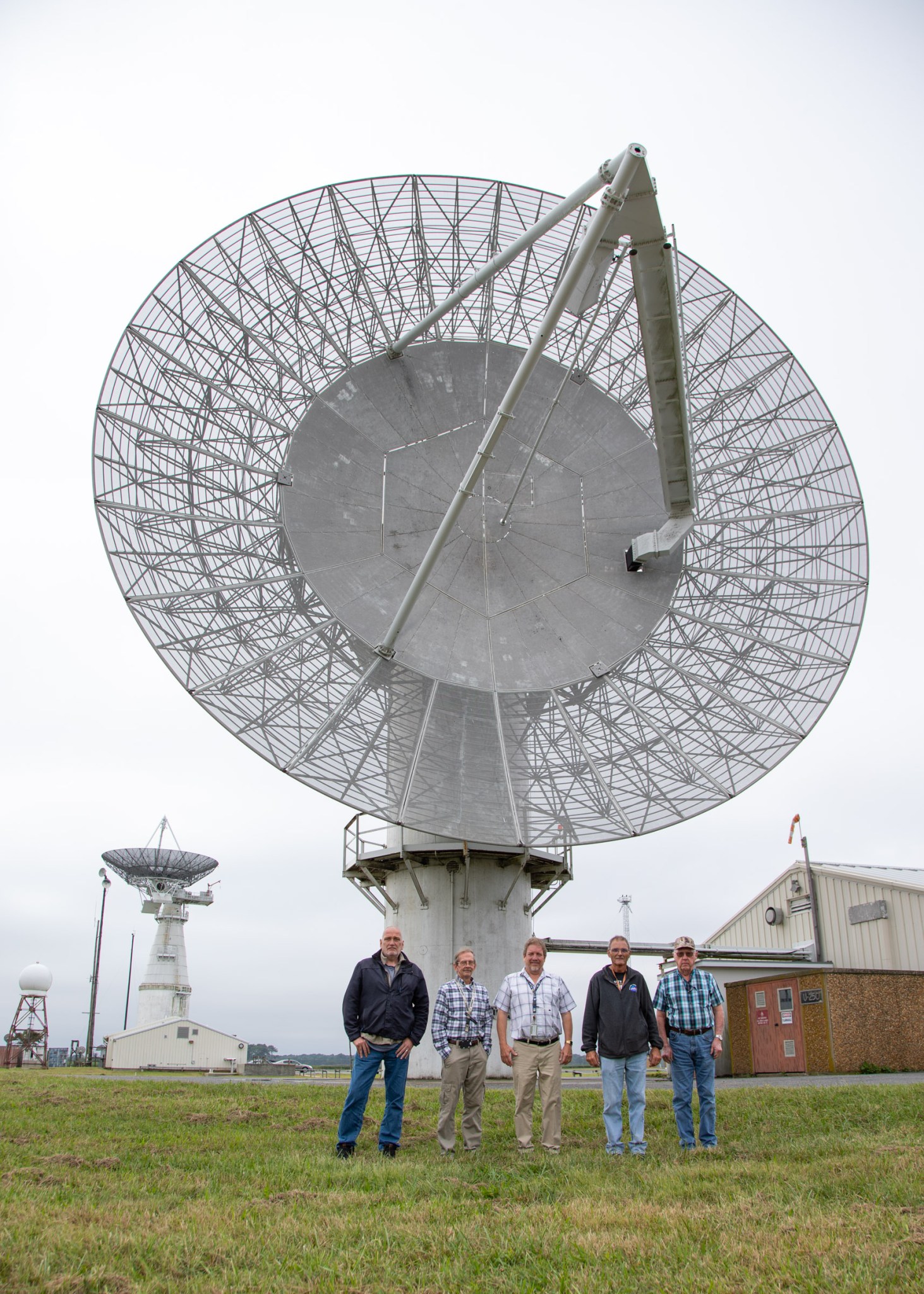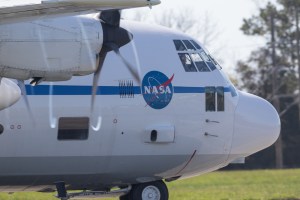On Sept. 30, 2023, NASA’s Wallops Flight Facility marked the formal conclusion of the Ultra-High Frequency (UHF) Small Satellite (SmallSat) Tracking Operations in Wallops Island, Virginia, placing its workhorse, 60-plus-year-old, 18-meter antenna system in low-level maintenance status.

“Since 2011, the Wallops tracking site has tracked more than 25 spacecraft over 16,912 passes,” said Doug Voss, deputy chief of the Range and Mission Management Office at Wallops. “It has been an honor to operate this unique tracking capability in support of the Small Satellite Science community.”
Stepping back more than 60 years to 1959, MIT-Lincoln Labs built the dual-band UHF/X-Band antenna system, which included the repurposing of a Twin 5-inch, 38 MK 32 gun mount used extensively by the U.S. Navy in World War II. The mount enabled a precision pointing capability for the UHF antenna. The UHF and X-band antenna system was used for hypersonic missile re-entry plasma physics experiments up to 1965, and then various NASA atmospheric research programs.
In 2011, an agreement was established between NASA and the National Science Foundation (NSF) to dedicate the system to UHF SmallSat tracking. SmallSats, which are small spacecraft with a mass less than 180 kilograms or the size of a large kitchen refrigerator, are typically placed in a low-Earth orbit of about 160-320 kilometers above the Earth. The antenna system supported command and high data-rate downlink of these SmallSats, and nanosatellites called CubeSats, for the next decade plus. According to Voss, compared to most other UHF SmallSat communications systems, the Wallops system provided significantly higher data rates. Its precision pointing ability was critical to helping customers find “lost SmallSats.”
With the increase of SmallSat missions from 2018 to 2020, the system was upgraded to provide end-to-end connectivity and increased automation. However, with more than a dozen spacecraft being supported and heavy pass schedules, the aging hardware was heavily taxed. As a result, in 2021, significant maintenance issues and obsolete parts created a need to reduce the pass schedule to decrease risk. At the same time, as the need for greater data rates continued to increase, SmallSat/CubeSat markets started to shift away from UHF to other higher frequency bands.
“UHF SmallSat tracking operations ended because the customer base has decreased over the years, which has prompted a steady reduction in tracking services. It is anticipated that no new UHF customers are on the horizon,” said Rachel Albertson, project manager for the UHF SmallSat tracking site at Wallops.
While the system formally concluded SmallSat tracking operations, future plans include support of special ionospheric radar experiments as a part of an initiative to establish a significantly increased Wallops Geophysical Observatory capability supporting mid-latitude heliophysics research. The system may be called on to support special emergent SmallSat needs.
For more information, visit nasa.gov/wallops.


























